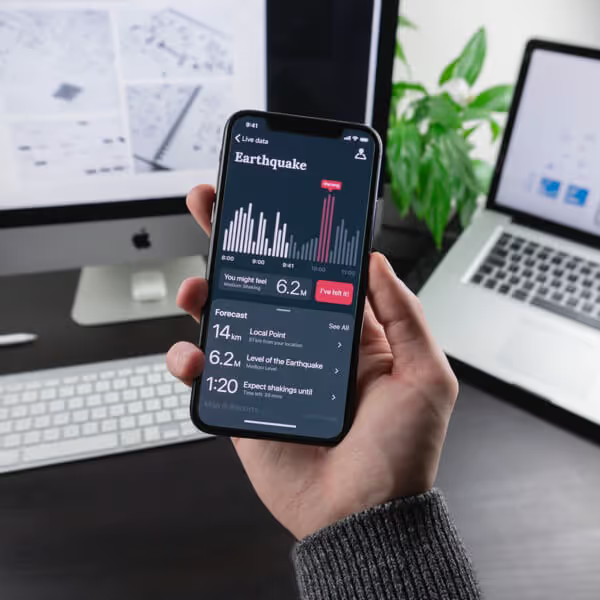he collection and analysis of vast amounts of data has become a cornerstone of success for businesses across many industries. This phenomenon, known as big data, offers valuable insights that can be leveraged to improve various aspects of a business, including user experience (UX) design. Big data and UX design may seem like two different worlds, but when they come together, they can create a powerful synergy that enhances products and services, leading to happier users and increased business success.
Understanding Big Data
Big data refers to the vast amounts of structured and unstructured data that organizations collect from various sources, such as social media, online transactions, customer interactions, and IoT devices. This data is characterized by its volume, velocity, and variety. The volume refers to the sheer quantity of data, while velocity refers to the speed at which data is generated and processed. Variety relates to the different types and formats of data, ranging from text and images to audio and video.
Leveraging Big Data in UX Design
- Personalization and Customization: Big data provides valuable insights into user behaviour, preferences, and demographics. By analysing this data, UX designers can create personalized experiences tailored to individual users. Personalization can range from suggesting relevant content, recommending products, or adapting the user interface to match users' preferences. This level of customization can significantly enhance the user experience, leading to increased engagement, satisfaction and sales.
- Data-Informed Design Decisions: Big data empowers UX designers with quantifiable evidence rather than relying solely on hypotheses and standard methods of data collection such as surveys, interviews and focus groups. By analysing user data, designers can identify patterns, pain points, and opportunities for improvement. This data-driven approach enables informed design decisions that align with user needs, behaviours, and preferences, leading to more effective and user-centric designs.
- Usability Testing and Feedback: Big data can provide unique insights into user interactions and behaviour within a digital product or service. By analysing user interactions, UX designers can gain a deeper understanding of how users navigate through interfaces, which elements they interact with the most, and where they might encounter difficulties. This information helps identify areas for improvement and guides iterative design processes. Additionally, user feedback can be gathered and analysed in real-time through various channels, such as surveys, social media, or customer support systems, enabling UX designers to address user concerns promptly.
- Predictive Analytics: By leveraging big data analytics techniques, UX and product designers can make predictions about user behaviour and anticipate their needs and preferences. For example, by analysing historical data, designers can predict which features users are likely to interact with most frequently or identify potential bottlenecks in the user journey. These predictions can guide the design process, allowing designers to proactively address user needs and deliver more intuitive and seamless experiences, and inform the direction for new products and services.
Challenges and Ethical Considerations
While big data presents significant opportunities for enhancing UX design, it also brings some challenges and ethical considerations. Privacy concerns, data security, and ensuring transparency and consent when collecting user data are essential factors that must be carefully addressed. Furthermore, UX designers must strike a balance between data-driven insights and their creative instincts to ensure that user experiences are not solely driven by numbers but also consider human-centric design principles.
On a technical level, storing, organising and extracting big data can be timely and difficult. It can take anywhere from 50-80% of a data scientist’s time to prepare a data set before it can yield relevant results. Businesses are increasingly adopting cloud storage options, but the pure size of big data and its exponential growth represents a challenge for a lot of businesses who struggle to keep up with storing it. Both factors present an organisational challenge for businesses who want to take advantage of big data, but solutions continue to be developed to enable less labour-intensive data analytics.
The convergence of big data and UX design holds immense potential to revolutionize the way digital products and services are designed and delivered. By harnessing the power of big data analytics, UX designers can gain valuable insights into user behaviour, personalize experiences, and make data-informed design decisions. However, it is crucial to approach the use of big data in UX design ethically, and facilitate its storage, curation and use by leveraging a dedicated organisational mindset toward big data management and user data analytics.

.avif)
.avif)










